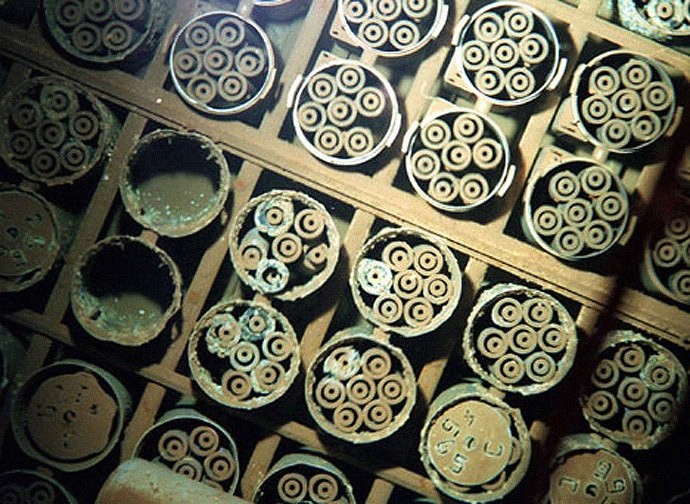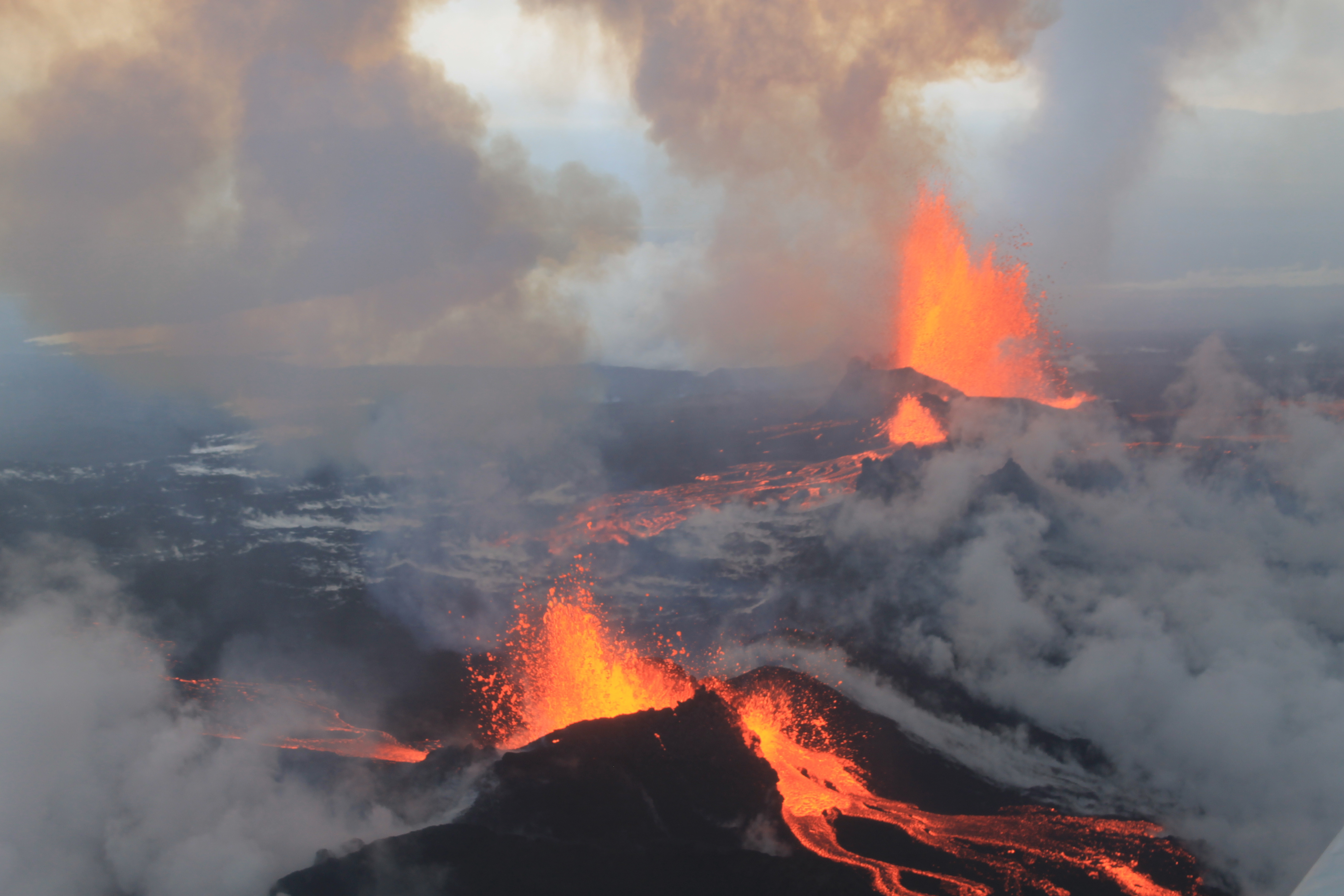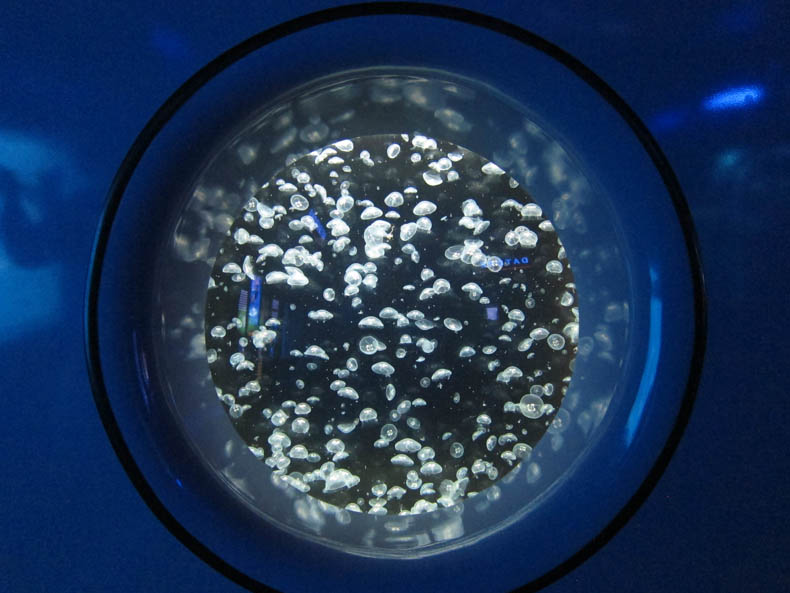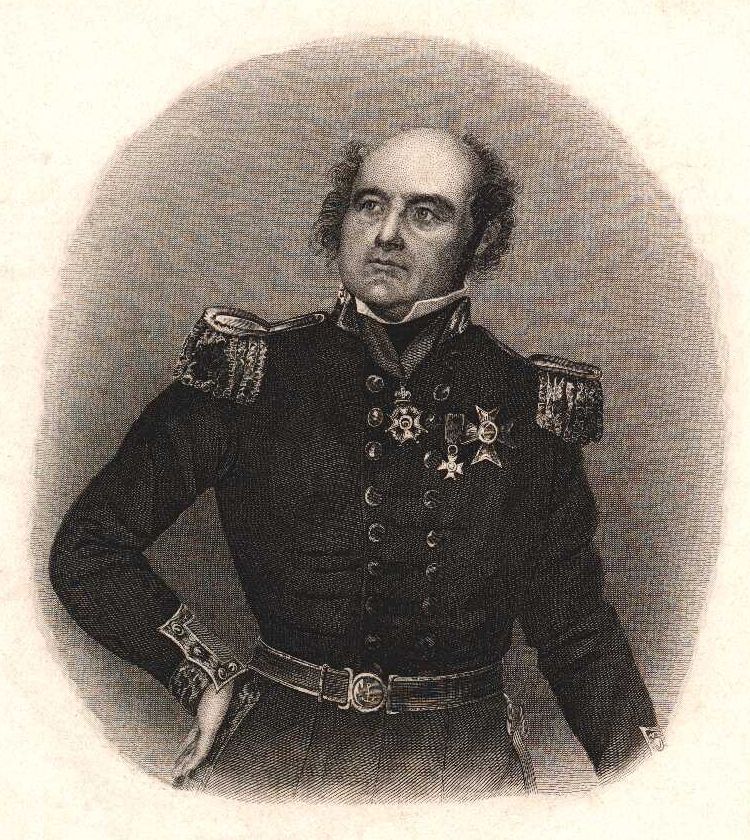This story has a happy ending. I promise.
Every year before the turn of the last century, some 150,000 sockeye salmon made an epic journey: They traveled from the Pacific Ocean up the Columbia River, hung a right into the Snake, a left into the Salmon, and finally, after swimming upstream for 900 miles, arrived in the clear, icy waters of central Idaho’s Redfish Lake. In late summer and early fall, the lake was so thick with sockeye that white settlers named it after the fishes’ scales, which turn from silvery-blue to brilliant red in breeding season. But in 1913, a new dam on the Salmon blocked fish access to Redfish Lake. After the Sunbeam Dam was blown up in 1934, the sockeye began to return, but their numbers were still recovering in 1962, when the first large federal dam went up across their migratory route in the Snake River. Eventually, four large dams were built across their route in the Snake, and another four across the Columbia.
The tens of thousands of sockeye that had struggled upstream to Redfish Lake each year became a few thousand, and then to few hundred, and then a few dozen. In 1991, there were four. In 1992, there was one.
His name was Lonesome Larry, and while his life was unlucky, his death was quite another matter.







